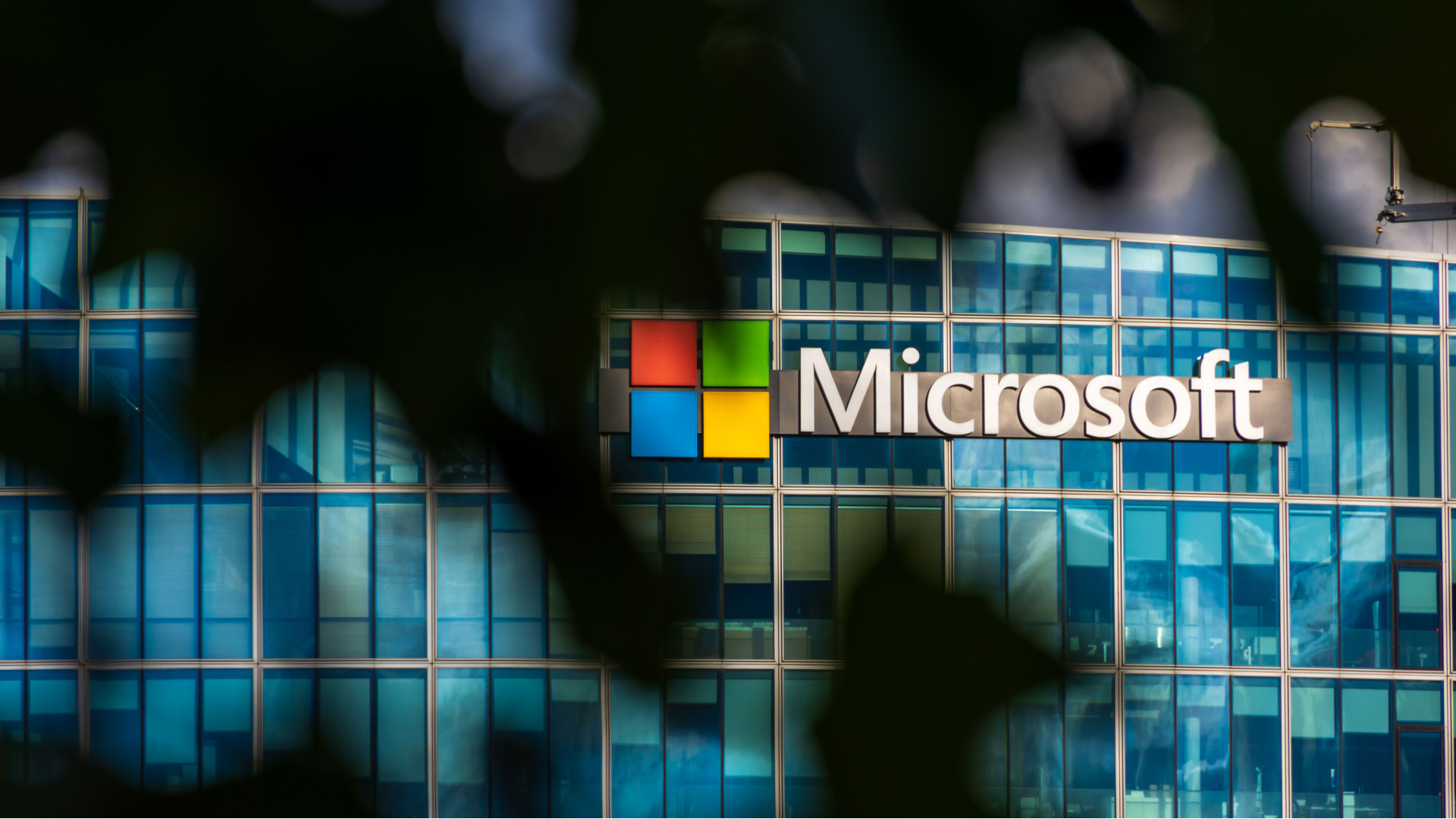Microsoft just made it easier to patch this Bitlocker bypass flaw on Windows
A new Powershell script

Microsoft has published a Powershell script to help IT teams fix a BitLocker bypass security flaw found in the Windows Recovery Environment (WinRE), simplifying the process of securing WinRE images.
Per BleepingComputer, the flaw, tracked as CVE-2022-41099, allows threat actors to bypass the BitLocker Device Encryption feature, and gain access to encrypted data in low-complexity attacks.
The caveat is that the attackers need to have physical access to the target endpoints. Furthermore, if the user enabled BitLocker TPM and has PIN protection, the vulnerability cannot be exploited. That’s why the flaw has a severity score of 4.6 - medium.
Two available versions
"The sample PowerShell script was developed by the Microsoft product team to help automate the updating of WinRE images on Windows 10 and Windows 11 devices," Microsoft said.
"Run the script with Administrator credentials in PowerShell on the affected devices. There are two scripts available—which script you should use depends on the version of Windows you are running."
One script is for systems running on Windows 10 2004 and later (Windows 11 included), while the other is for Windows 10 1909 and earlier (it will still run on all Windows 10 and Windows 11 systems, the company added).
The vulnerability was first discovered in November 2022. Back then, Microsoft added a fix to the November Patch Tuesday cumulative update, listing it as an “important” update, but not “critical”.
Are you a pro? Subscribe to our newsletter
Sign up to the TechRadar Pro newsletter to get all the top news, opinion, features and guidance your business needs to succeed!
When running the script in Powershell, admins can choose a path and a name for the Safe OS Dynamic update package.
The packages are unique to the version of the OS being patched, as well as to the chip architecture. Therefore, IT teams need to download the right one from the Microsoft Update Catalog in advance.
- These are the best malware removal tools at the moment
Sead is a seasoned freelance journalist based in Sarajevo, Bosnia and Herzegovina. He writes about IT (cloud, IoT, 5G, VPN) and cybersecurity (ransomware, data breaches, laws and regulations). In his career, spanning more than a decade, he’s written for numerous media outlets, including Al Jazeera Balkans. He’s also held several modules on content writing for Represent Communications.